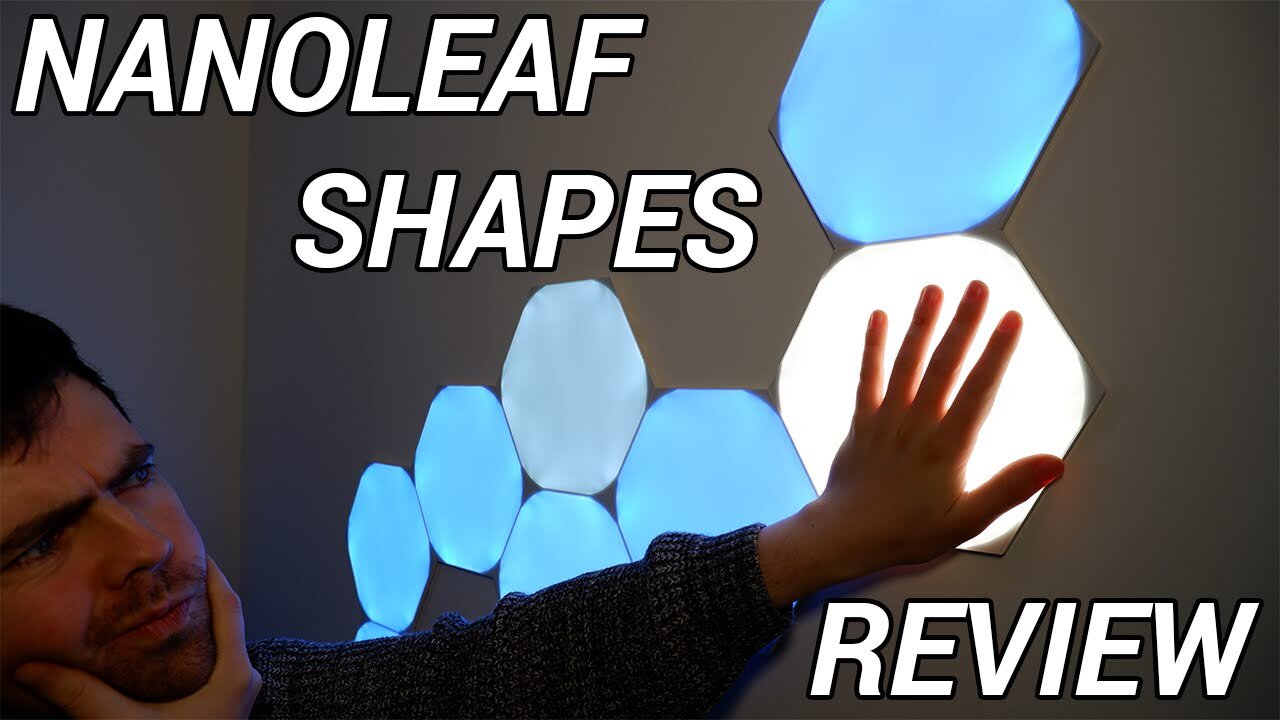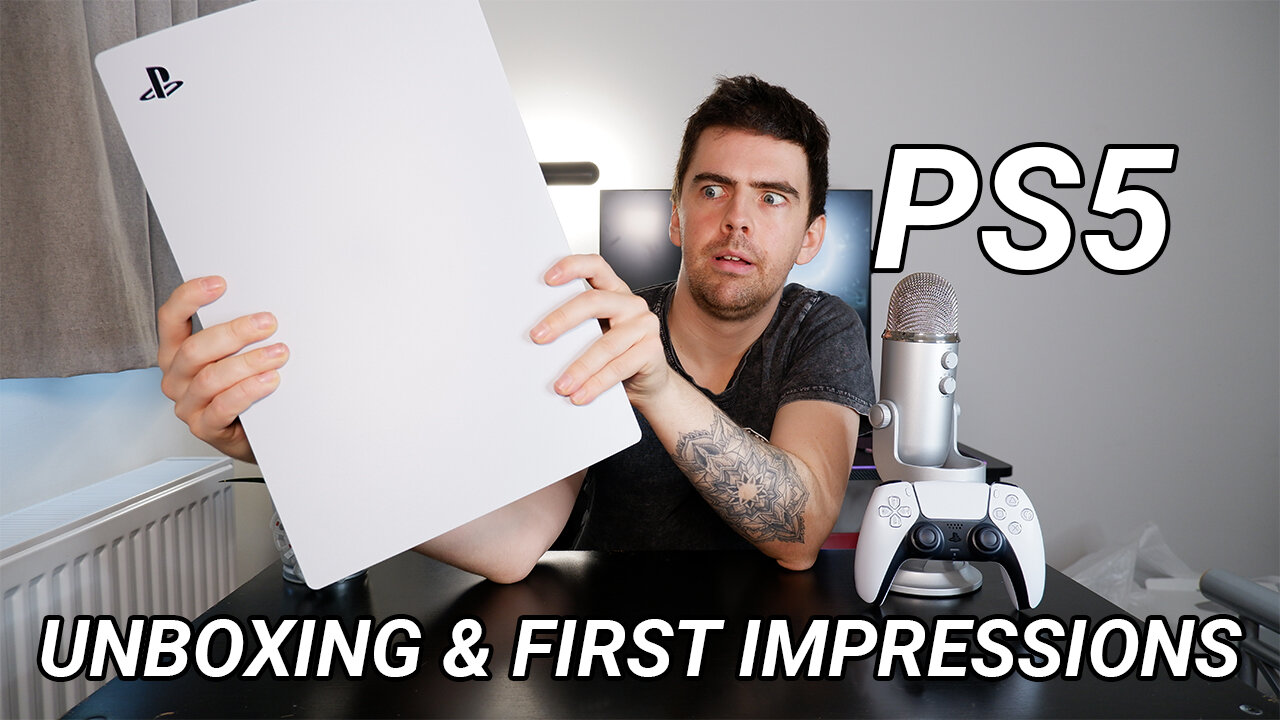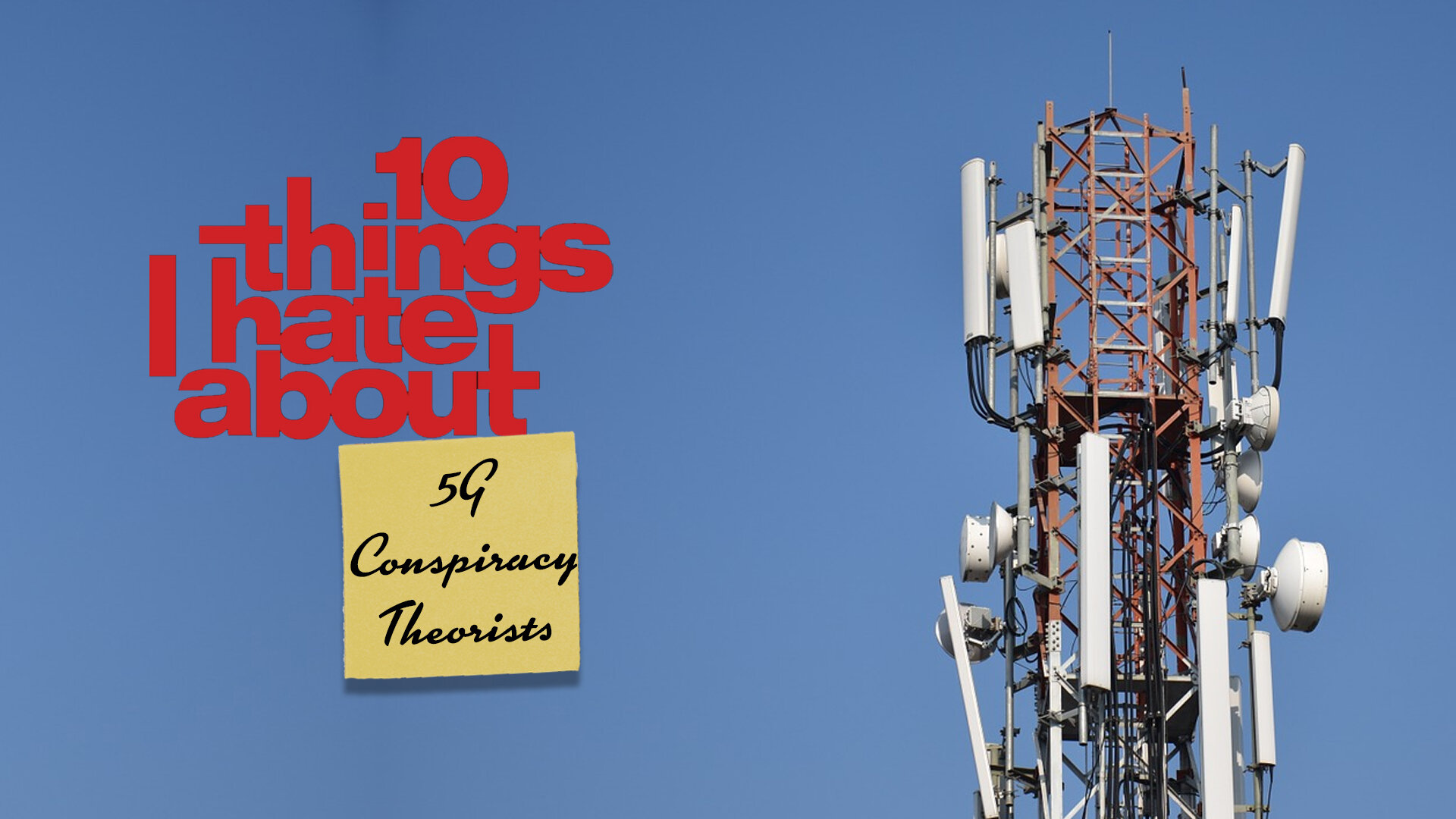Invisible QR Codes Could Be Used To Tackle Counterfeit Bank Notes
The application of QR codes has been a conundrum for quite some time. Now, a team of researchers at the University of South Dakota and South Dakota School Of Mines & Technology may have finally found a real use for them: to combat counterfeit goods.
Created from tiny nanoparticles combined with blue and green fluorescence ink, the team has concocted a QR code mixture that remains invisible until illuminated under infra-red light. The entire process is known as up-conversion, whereby the nanoparticles absorb photons at a non-visible wavelength and emit them in a visible wavelength. The code can later be scanned like a normal QR code with a quick point and snap with a smartphone.
Designed using computer-aided design (CAD), the QR code can then be printed onto any surface with an aerosol jet printer. With the potential to be used in the production of banknotes – fake goods and notes cost government and industries billions of pounds each year – the researchers say the added complexity in production means the level of security is higher than ever.
But it doesn’t stop there. As lead author of the study, Jeevan Meruga, says; “The QR code is tough to counterfeit. We can also change our parameters to make it even more difficult to counterfeit, such as controlling the intensity of the up-converting light or using inks with a higher weight percentage of nanoparticles.” He continues, “We can take the level of security from covert to forensic by simply adding a microscopic message in the QR code, in a different coloured up-converting ink, which then requires a microscope to read the QR code.”
Richard Birkett












Alongside the scientists, 50% of the British public and the future health of young people across the nation, I have one simple request: delay Freedom Day, please.